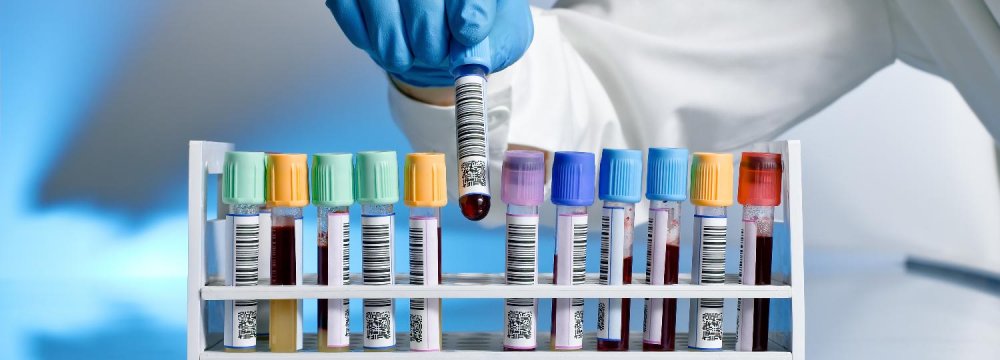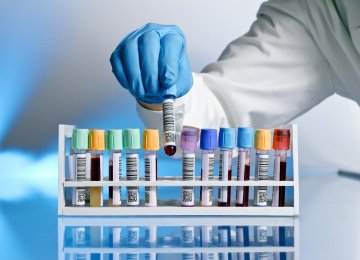The Iran Blood Transfusion Organization has set an ambitious target of collecting 900,000 liters of blood plasma by the end of the current fiscal year in March 2017 with the help of its charity foundation.
Plasma separating units are to be established at blood donation centers in all provinces following a notification by Health Minister Hassan Hashemi.
IBTO head Ali Akbar Pourfathollah said the organization has been making efforts to increase blood collection capacities by expanding services.
Over two million blood units are donated to the IBTO every year and its annual capacity has currently reached 400,000 liters of plasma production. There are 23 people per 1000, donating blood in the country.
“The current level of plasma production is 400,000 liters, but there is still a deficit of 200,000 liters to reach self-sufficiency,” Pourfathollah had said earlier in September.
The Tehran Municipality has donated five plots of 1,000 sq meters each to the IBTO in districts one, four, five, 18 and 20, plus the permits for construction of 1,000 sqm buildings for setting up plasma separating units. The Bank of Industry and Mine has agreed to pay the construction costs.
“The building construction is half way through,” said Fardin Baluchi, secretary of the IBTO Charity Foundation, salamatnews.ir reported.
Mobile blood collection systems are among the other measures. Based on a contract with an Iranian company, nine mobile centers are slated to be launched in various locations to facilitate blood donation for plasma separation in both normal and emergency conditions. “One such mobile center has been handed over to the IBTO,” Baluchi said.
Blood plasma is used to produce life-saving medicines in blood disorders such as factors X and IX, and immunoglobulin and albumin deficiencies.
At least 600,000 liters of plasma is required to be produced annually to achieve the full domestic demand for factor VIII, an essential blood-clotting protein, also known as anti-hemophilic factor (AHF), which is derived from plasma.
According to the Iranian Hemophilia Society (IHS) at present, 4,386 patients with Hemophilia A suffer from deficiency of factor VIII. Also, 930 patients suffer from Hemophilia B, a disorder caused by a lack of factor IX.
In plasma donation procedure, blood is removed from the body, blood cells and plasma are separated, and the blood cells are returned to the donor while the plasma is collected and frozen to preserve it for eventual use as fresh frozen plasma or as an ingredient in the manufacture of a variety of medications.
Refining Technology Lacking
“Iran does not yet have plasma refining technology, therefore a contract has been signed with Germany to provide assistance in the production of plasma-derived medicine,” said Baluchi.
The IBTO is one of the biggest organizations with the highest rate of blood donations in the world through voluntary public participation which is not remunerated.
IBTO Charity Foundation was established in 2015 on the World Blood Donor Day (June 14) to assist the organization with its goals. The foundation is made up of members from private and public institutions such as the municipality and private banks as well as individuals with backgrounds in blood transfusion, media, sports, business and health.
The IBTO’s blood products have a high safety rate and Iran’s plasma quality is on par with European standards.






Add new comment
Read our comment policy before posting your viewpoints